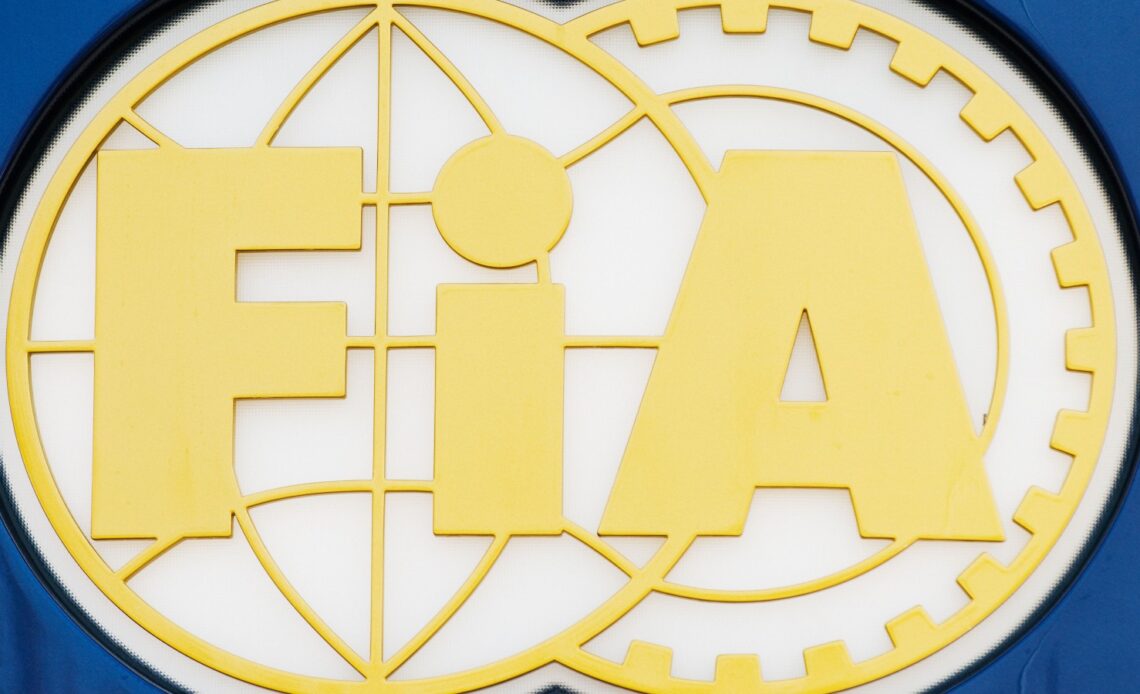The FIA has announced it is introducing a technical directive with the intention of reducing porpoising “in the interests of safety.”
The ‘bouncing’ sensation certain cars have been suffering has had a negative impact on the drivers, with Lewis Hamilton in visible pain when struggling to get out of his Mercedes in Azerbaijan last weekend – and Daniel Ricciardo adding that he was “not exaggerating”, given the pain he went through himself on the bumpy Baku circuit.
Pierre Gasly has also recently spoken out against the health concerns of porpoising, while the likes of Lando Norris said it is up to the teams to sort out the problem themselves, and that it is “not anything to complain about”, given the teams have the option to increase the ride height of their cars, at a cost to overall performance.
But the governing body has now intervened to address this issue, after conversations with doctors about how the drivers are being impacted by the cars bottoming out at high speed – and a technical meeting with the teams is due to take place in Canada about how the restrictions will be implemented.
These measures have been introduced to help protect the “immediate physical impact on the health of the drivers, a number of whom have reported back pain following recent events”, acting on the ever-increasing calls to help the drivers escape the worst effects while racing.
A statement from the FIA read: “A Technical Directive has been issued to give guidance to the teams about the measures the FIA intends to take to tackle the problem. These include:
“1. Closer scrutiny of the planks and skids, both in terms of their design and the observed wear.
“2. The definition of a metric, based on the car’s vertical acceleration, that will give a quantitative limit for acceptable level of vertical oscillations. The exact mathematical formula for this metric is still being analysed by the FIA, and the Formula 1 teams have been invited to contribute to this process.
“In addition to these short-term measures, the FIA will convene a technical meeting with the Teams in order to define measures that will reduce the propensity of cars to exhibit such phenomena in the medium term.”
This change is likely to affect Mercedes in particular, with the reigning Constructors’ champions arguably the team suffering the most with bouncing on the grid.
With a limit in place about how much the cars are able to bounce, this means it any team exceeding it will…
Click Here to Read the Full Original Article at News – PlanetF1…

